
Along the Mycenaean cemetery of Dendra extends to the south-western slope of a low hill, west of the Mycenaean Acropolis of Midea. The excavated part includes a vaulted and sixteen chambered tombs.
The excavations at the site began in the spring of 1926 by Swedish archaeologist Axel W. Persson. That summer, the vaulted tomb and next year three chambered were investigated. Two more graves spanning to the Northeast and outside the boundaries of current archaeological area were investigated by N. Burton, on the autumn of 1927. Persson excavated another chamber tomb in 1937 and five others in 1939.
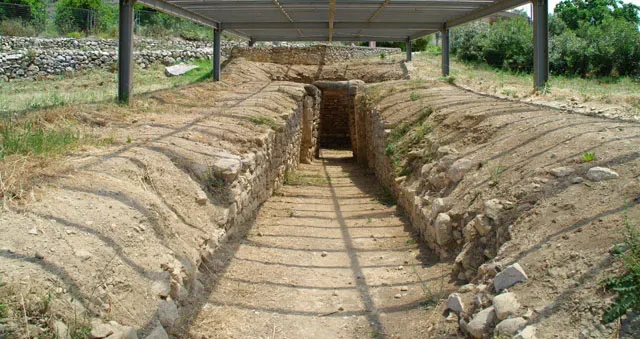
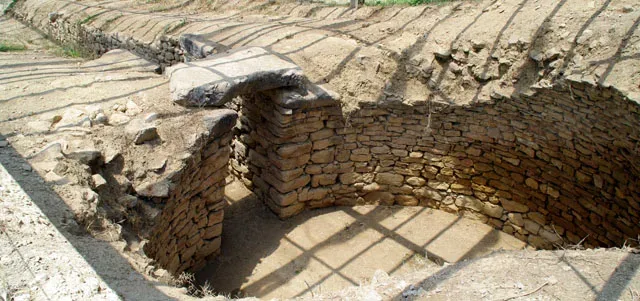
In 1960, the famous “Tomb of Armor”, was investigated by N. Verdelis and two other chambered tombs were investigated by the Swedish archaeologist P. Åström.
In 1977, two cambered tombs and mounds that surround them were excavated by E. Protonotariou – Deilaki
The chambered tombs were carved into the soft rock with a thick hillside. They consist of three parts: the street, the orifice and the chamber.
The tombs differ both in terms of size (the smaller is 8 and the largest almost 20 meters), and in the way that the burial chamber is configured. They have downhill routes with converging walls and quadrilateral burial chambers. The entrance is obstructed in dry stone. Plastered walls and floors, pitched or flat roof, benches and alcoves and side chambers give the impression that these tombs imitate the houses of the living.
On the floor of the chambers, additional pits often were dug. The graves had been used for burials, for long periods. Important information for funerary rituals of Mycenaean Period is given to us by the tombs of three pairs of horses found in the vicinity of their graves.
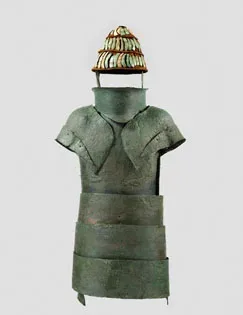
The excavation yielded many important discoveries such as jewellery, gems, weapons, tools and utensils of gold, silver, copper, alabaster glass, ivory, faience and semi-precious stones, as well as interesting pieces of pottery and figurines. However, the famous armour is the most interesting of these. The grave goods in conjunction with the construction of monumental tombs indicate a society with complex social structure.
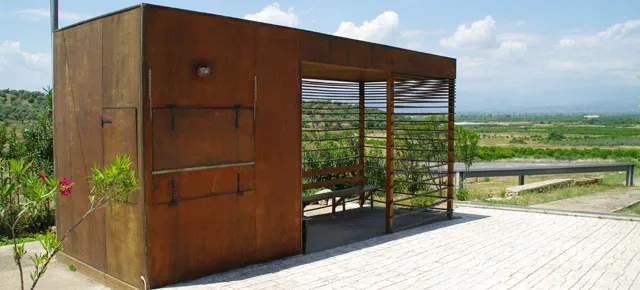
The cemetery of Dendra is one of the richest Mycenaean cemeteries Peloponnese and can be compared with the big cemeteries of Prosymna, of Diradas in Nauplia and Assini in Argolida and of Aidonion in Corinthia. As the findings confirm, it was in continuous use from 1500 to 1180 BC and it must have belonged to an important Mycenaean centre, possibly to neighbouring Midea.
The findings from the Mycenaean cemetery of Dendra are kept in the Archaeological Museum of Nafplio and at the National Archaeological Museum.
At the archaeological site, many educational programs take place by D EPCA for students of all ages. For information about educational programs please contact with D EPCA
Evangelia Pappi
Archaeologist, Ministry of Culture, D΄ ΕΠΚΑ
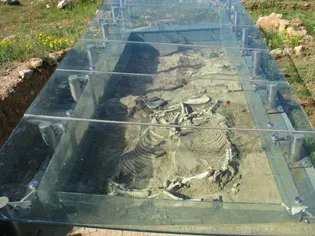
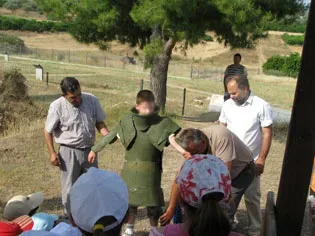
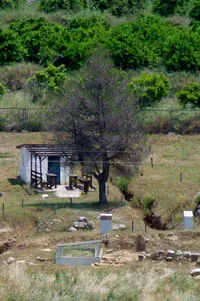
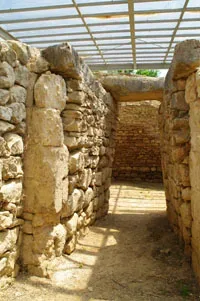
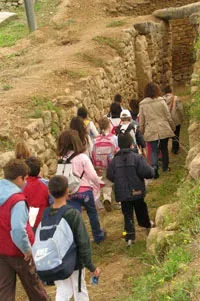
Geographical Coordinates
Dendra 210 55, Argolida
For more information: EFA. Argolida, Syntagma Square, Tel: +30 27520 27502, e-mail: [email protected]
© 2024Municipality of Nafplion - Reproduction (partial or total) of the content (texts and photographic material) of the Portal is prohibited without prior permission of the Municipality of Nafplion.